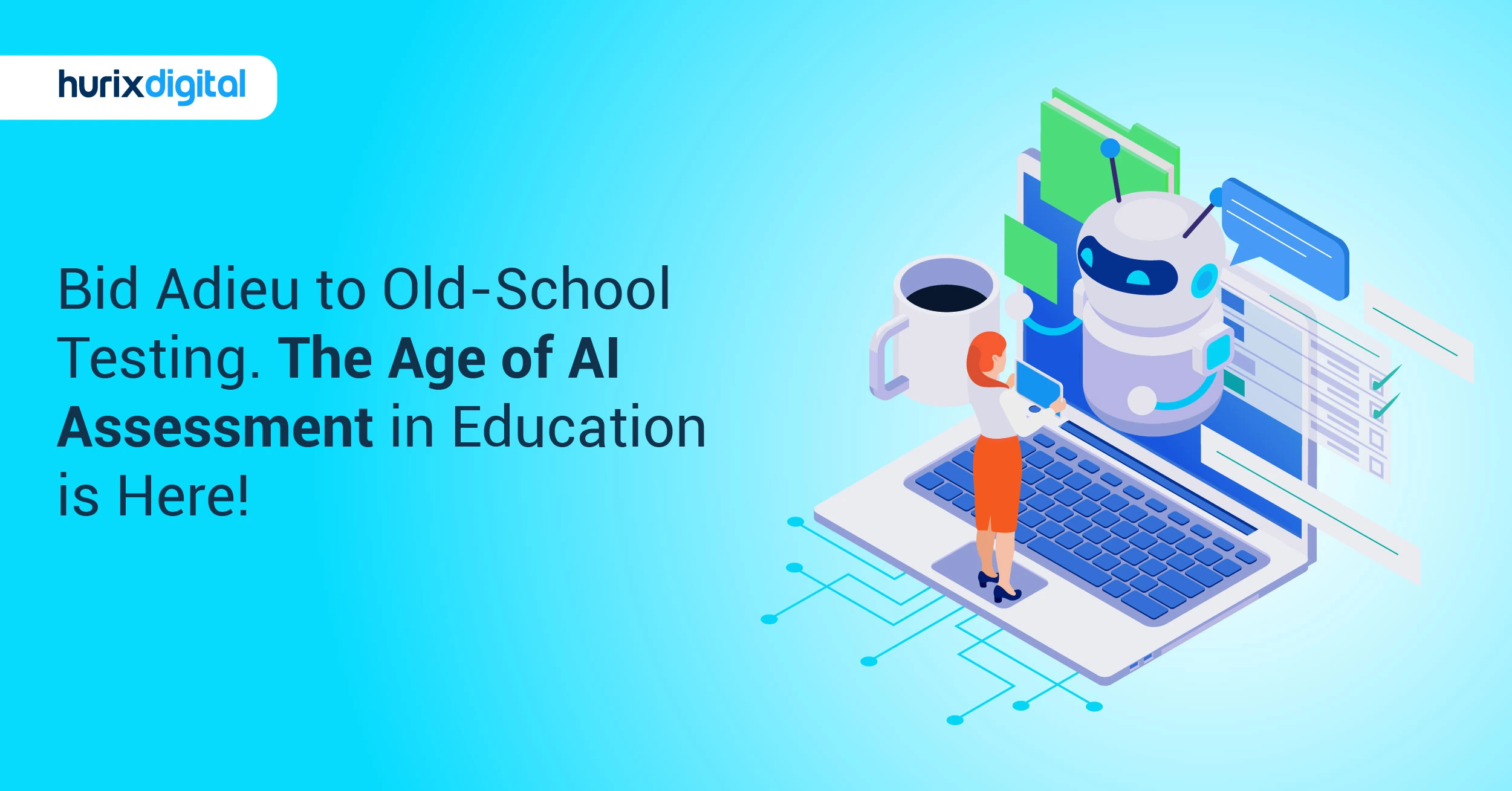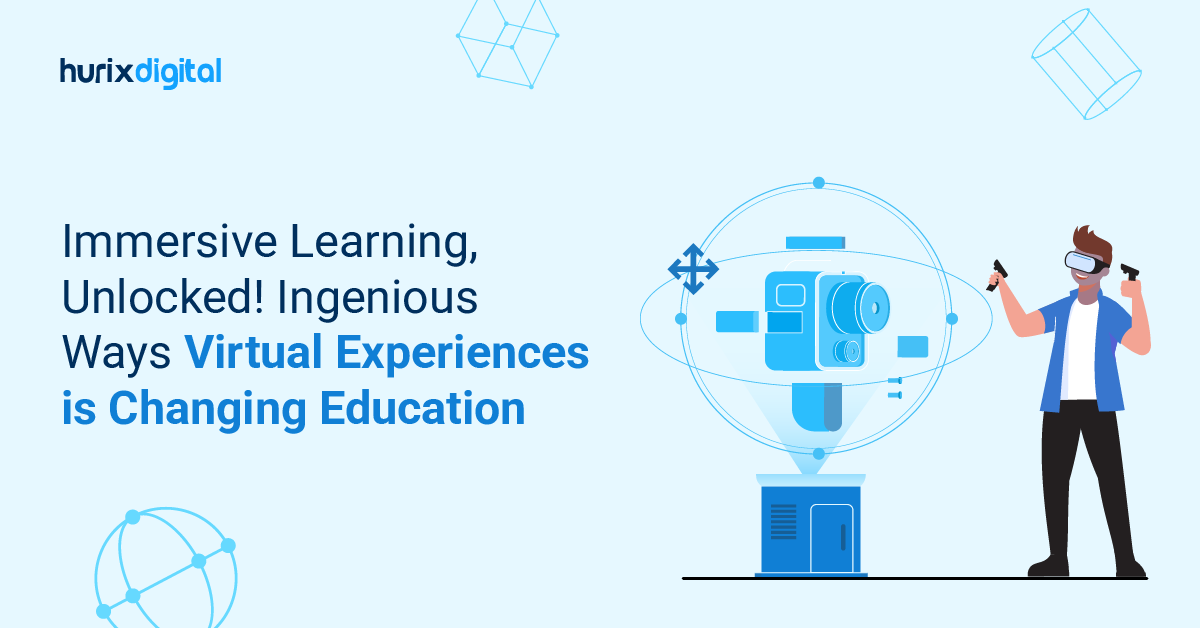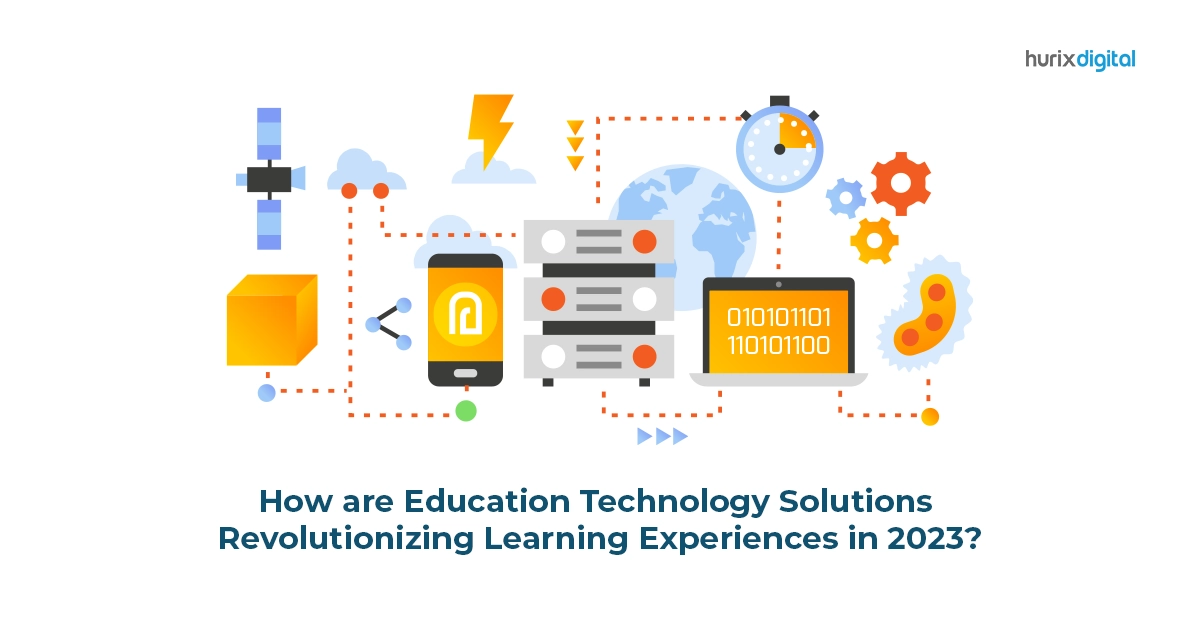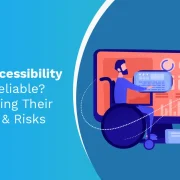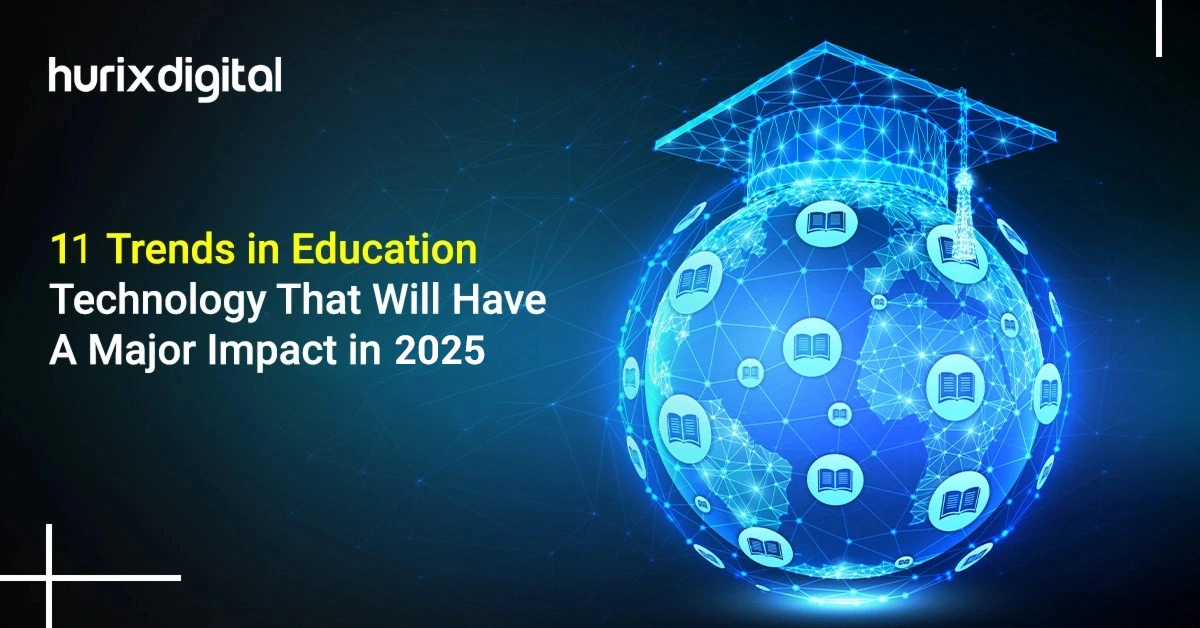
11 Trends in Education Technology That Will Have a Major Impact in 2025
Thanks to the EdTech sector, the education sector has seen a paradigm shift. The incorporation of technology into the educational process provides students with an extensive array of resources and instrumentation that augment their learning encounters.
As we move into the future, it’s clear that New Trends in Educational Technology will continue to shape the education landscape in a variety of ways.
Are you looking for the latest edTech trends to upscale your educational institution’s impact in 2025? We have got you covered!
In this article, we’ll explore some of the major emerging trends in education technology that are expected to impact the education sector in 2025. We’ll discuss the rise of artificial intelligence, the increasing use of digital resources, and how technology is changing how we learn.
Table of Contents:
Emerging Trends in Education Technology in 2025
Education technology is changing the way mentors and students interact with each other. More powerful and useful trends in the education technology space will inevitably emerge in the coming years, leading to more comprehensive and effective learning environments.
1. Mobile Learning and Digital Content Platforms
eLearning platforms have become more popular after the Covid-19 pandemic hit the world. The platforms provide access to impactful educational content and expert instructors from anywhere in the world.
Furthermore, these digital content platforms are an extensive hub of learning resources. As their popularity continues to grow, their impact on how students learn and interact with educational content will witness a significant paradigm shift.
2. AI-Powered Learning Environments
Studies indicate a notable uptick in the global AI marketplace for education between 2025 and 2031. As AI-powered tools start to appear, this year is expected to revolutionize the education technology sector in ways never seen before.
AI-enabled technologies such as facial recognition, natural language processing, and machine learning are increasingly used in classrooms, making learning easier and more engaging.
AI-powered learning environments help teachers to customize lessons for improved retention.
Also Read: EdTech in 2024: Key Trends and Challenges to Watch in the Education Landscape
3. Augmented Reality (AR) and Virtual Reality (VR)
AR and VR can help to create immersive and engaging learning experiences, regardless of the environment. This allows students to:
- Explore virtual worlds
- Practice tasks in real-world scenarios
- Engage in simulations tailored to their individual needs
The educational sector’s AR and VR market size is estimated to reach USD 14.2 billion in 2028. As both technologies become more commonplace, their impact on education will be hard to ignore.
4. Gamification of Learning
The gamification market is projected to be worth USD 15.43 billion in 2024 and expand at a compound annual growth rate (CAGR) of 25.85% to reach USD 48.72 billion by 2029.
The gamification market has a large foundation thanks largely to the rapid expansion of smartphones and other mobile devices.
Some examples of gamification in an education setting include; earning virtual points for completing tasks, a virtual leaderboard to compete with peers, etc. By turning learning into an interactive and engaging experience, students are able to retain more information and build skills in a fun and engaging way.
5. Wearable Technology
As wearable technologies become more widespread, their impact on learning spaces will be prolific. Wearable technology can help:
- Track progress
- Provide performance feedback
- Offer real-time personalized guidance
Furthermore, students can listen to audio lectures, receive class notifications, and make voice notes using wearable technology such as smartwatches and VR headsets. This makes learning more accessible.
6. Automated Assessments
The power of automation in the education field cannot be understated. Automated assessment tools will be increasingly used to evaluate students’ progress. This gives teachers and administrators better insights into student performance and areas that need improvement.
Online tests have the advantage of remote administration, in contrast to conventional methods that call for writing supplies and instructional settings. Exam-related resources and specialized facilities are not needed for online assessments.
Automated assessment tools can also provide analytical data to help students identify weak areas and work on them.
7. Adaptive Learning
Adaptive learning will become a major emerging trend in education technology, allowing courses to be tailored to the individual needs of each student. The three largest sectors utilizing adaptive learning are K12, higher learning, and corporate organizations, based on the Adaptive Learning Industry Report 2024–2030.
More and more educational institutions are incorporating this innovative data-driven approach to facilitate customized learning experiences.
This will help teachers meet the needs of a diverse student population and maximize student learning outcomes. It would also help teachers to customize individual learning paths and learning paces.
8. Cloud Computing
Cloud computing will continue to be an important tool for educators, allowing them to access and store data more effectively. It also allows students to save money on expensive books as cloud-based books can be accessed easily anywhere.
As an emerging trend in education technology, cloud computing offers strong authentication facilities to ensure data security. It also facilitates easy collaborations among students and teachers.
9. Social Media in Learning
Social media impacts the way we learn. It has created new opportunities for learners to connect and access and share knowledge. Social media has also had a significant impact on the way educators teach. It has given educators new tools to reach and engage learners.
When social media is utilized as a teaching tool, schools estimate a 25% increase in students’ capacity for analytical thinking. Similarly, 67% of educators believe that social media facilitates efficient student collaboration and communication.
The use of social media in learning is still in its early stages, but it has left a significant impact on the way we learn. In the years to come, social media will continue to have a big impact on how we learn and teach.
10. Mobile Learning
94% of Gen Z users, according to research, use their phones for education. It finds a very strong link between advancements in technology and contemporary teaching methods.
Portable devices like mobile phones and tablets are replacing traditional learning mediums because with mobile eLearning solutions, learning never stops. Studies reveal that when compared to conventional educational methods, mobile learning has a retention rate that is 45% higher. It emphasizes how mLearning is interesting and has enhanced student outcomes and learning experiences globally.
11. Chatbots
AI-powered chatbots and voice-controlled assistants are starting to play a major role in personalized learning. Students now have
- Immediate accessibility to knowledge
- Assistance with assignments
- Interactive learning opportunities
They can adjust to each student’s unique instructional approach and preferences by offering tailored assistance and feedback. This increases student engagement and improves learning effectiveness.
Also Read: Top 7 Emerging Trends in Educational Technology In 2024
The End Note
Education has evolved beyond classrooms to become any time, anywhere learning thanks to digitalization. Technology-enabled blended learning will benefit pupils, educators, and organizations alike by increasing personalization. This is a win-win situation for individuals, institutions, and the public at large.
Hurix Digital‘s eLearning solutions are designed so that they provide learners with an ideal learning experience. We offer customized learning paths and content that can be tailored according to specific requirements.
Our set of eLearning solutions can help learners develop skills, gain knowledge, and stay updated with the latest trends in their field.
Get in touch with us today to learn more!
Frequently Asked Questions (FAQs)
1. How do educators adapt to the challenges of online education?
To give students individualized feedback, educators need to become proficient users of digital tools.They may need to adjust their teaching methods to accommodate the different learning styles of students.
Q2. How do mobile learning and digital content platforms impact education?
Mobile learning and digital content platforms provide students with access to high-quality educational content and instructors from anywhere in the world.These platforms offer a wide range of learning resources, making education accessible for students.
Q3. What are the benefits of AI-powered learning environments?
AI offers students with tailored learning routes to master more subjects while acquiring knowledge at their own pace.
Q4. How do augmented reality (AR) and virtual reality (VR) impact education?
VR and AR provide an immersive learning experience. Virtual reality headsets make it simple for students to interact with their surroundings. As a result, it enables the wearer to become completely immersed in the virtual learning environment, which accurately mimics reality.
Q5. What is the gamification of learning and its benefits?
Gamification of learning implies the use of game design elements in educational settings.Learners can effectively practice using their knowledge and make connections between classroom instruction and real-world issues through gamification.

Senior Vice President
A Business Development professional with >20 years of experience with strong capability to sell new solutions and develop new markets from scratch. New Market Entry Specialist with experience working in the largest emerging markets. Exceptional experience in conceptualizing, ideating and selling new learning technologies like VR AR, etc. across multiple industry verticals.

